

Biomimicry comes from bios, life, and mimesis, to imitate. Biomimicry is the practice of developing sustainable human technologies inspired by nature. Sometimes called Biomimetics or Bionics, it’s essentially biologically inspired engineering. Some inventions inspired by biomimicry include:
Hydrophobic (waterproof) technology inspired by lotus leaves, which are covered in tiny bumps called papillae that are covered with tough waxy tubes. When water lands on them, they do not become wet. Instead, the water forms droplets which then roll off the surface of the leaf. Fabric treated with ultrahydrophobic technology has been used to create waterproof and stain-resistant clothing.
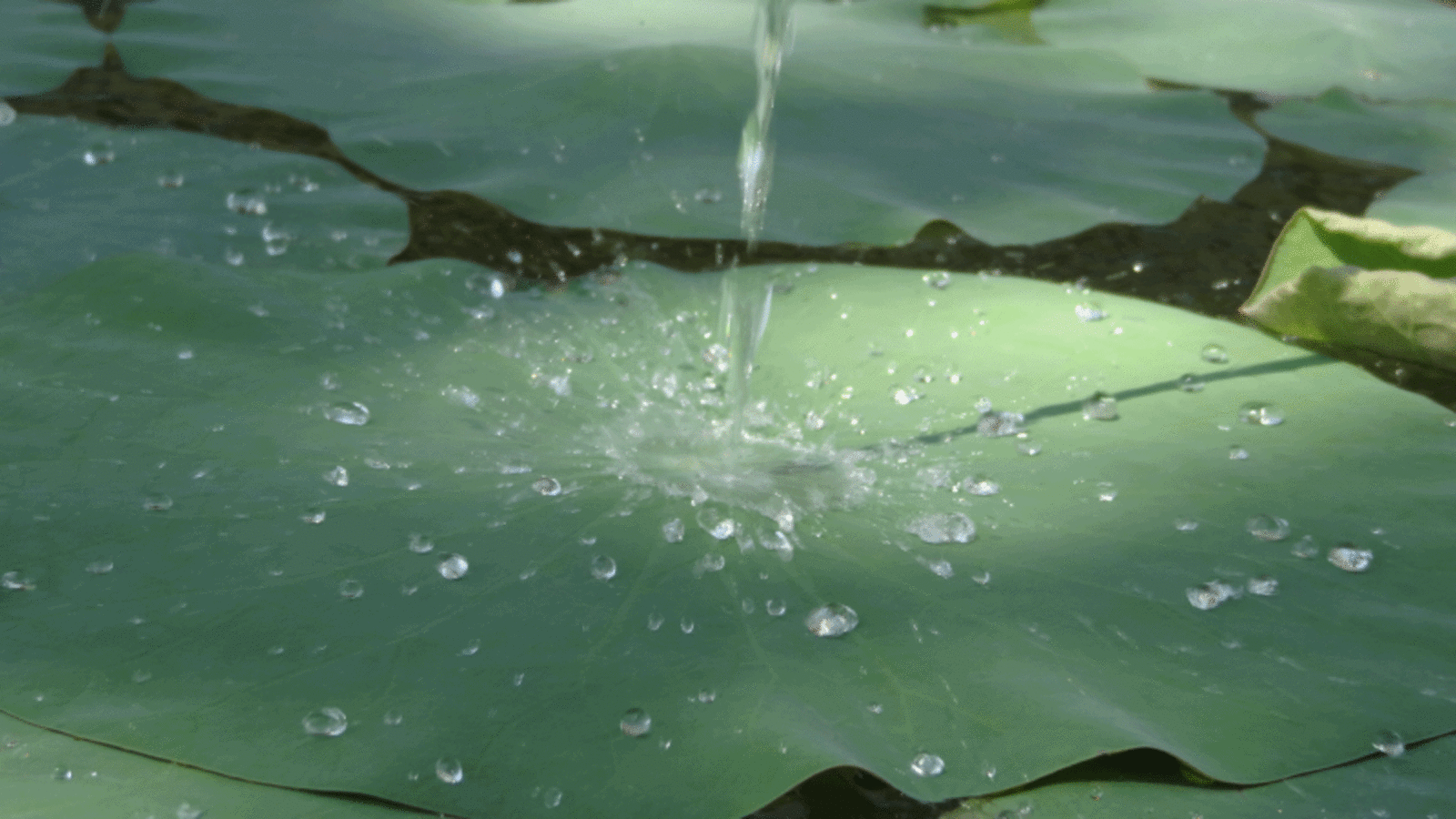
Airplanes are one of the most obvious examples of biomimicry modeled after birds. A bird’s shape, the way it uses its wings to produce lift, how it glides through the air—all of these details were meticulously studied and reproduced in the modern airplane. Scientists and researchers have also studied the “V” formation of flying geese, which helps them save energy and boost the distance they're able to fly by more than 70 percent. As each bird passes, they add their own energy to the stroke helping all the birds maintain flight. By rotating their order through the stack, they spread out the exertion. By traveling in a V-shape with planes taking turns in front as birds do, researchers at Stanford University think aircraft could use 15 percent less fuel compared to flying solo.


Chinampas or aquaponic farming is a technique used in Mesoamerican agriculture which relies on small, rectangular areas of fertile arable land to grow crops on the shallow lake beds in the Valley of Mexico. They are built up on wetlands of a lake or freshwater swamp for agricultural purposes, and their proportions ensure optimal moisture retention. Sometimes referred to as "floating gardens," chinampas are artificial islands that were created by interweaving reeds with stakes beneath the lake's surface, creating underwater fences. A buildup of soil and aquatic vegetation would be piled into these "fences" until the top layer of soil was visible on the water's surface. These agricultural lands received this nickname due to the illusion they caused. The bodies of land appeared to be "floating" on the water because the canals surrounded the chinampa plots.

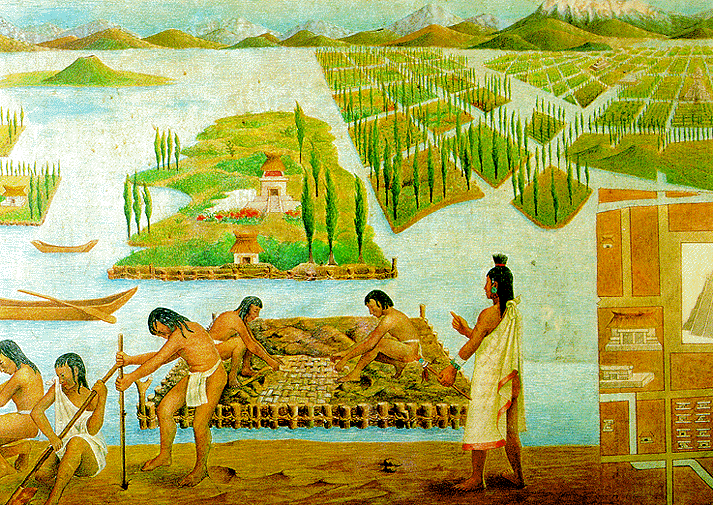
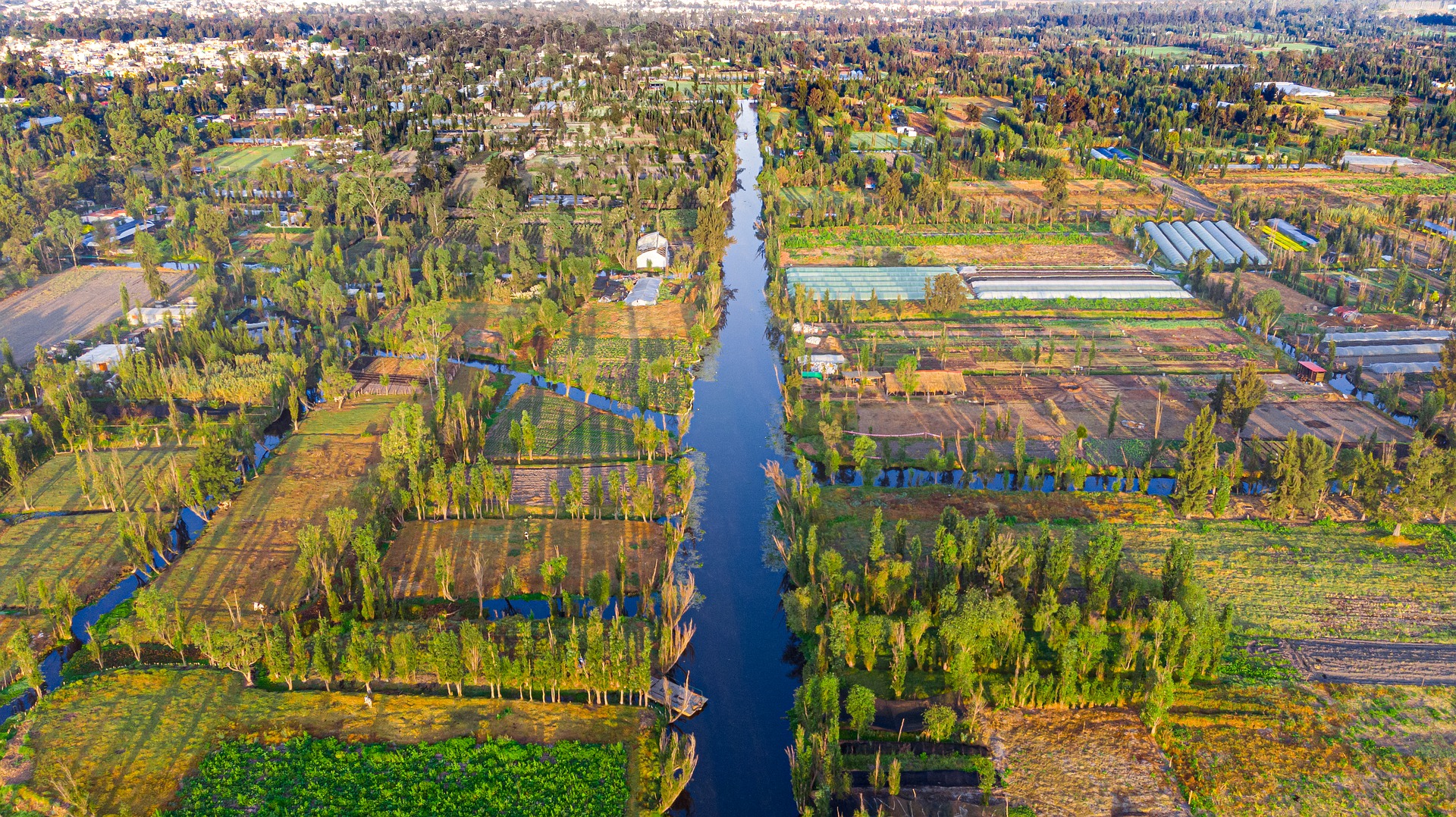
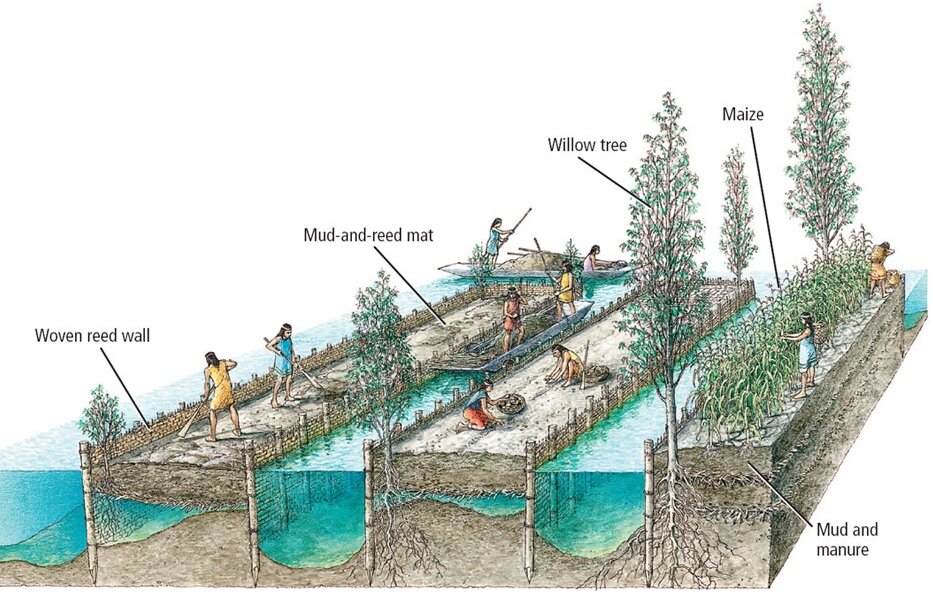
One of the biggest advantages that hydroponics has over soil growing is water conservation. When growing plants in soil, a grower has to be very experienced to know how much water to give his plants. Too much and the plant’s roots are not able to get enough oxygen. Too little and the plant can dry out and die. Hydroponics solves this problem in three different ways.
In the most literal sense, the term hydroponic can be translated to mean “water working,” from the Greek words hydro (water) and ponos (labor). Hydroponics uses water supplemented with nutrients to provide plants’ roots exactly what they need, when they need it. It is the art of growing plants without soil and, in many cases in an aquatic environment, as its name suggests.
What this means is that we can grow plants pretty much whenever we want, wherever we want!
While the most common type of hydroponic gardening is the nutrient film technique (N.F.T.), there are a variety of sub-systems and equipment used in this form of gardening. For example, aeroponics is considered a high-tech method of hydroponic growing. In this method, roots hang in the air and are misted with a nutrient solution that is released by pumps that operate on timers.

Hydroponics is the predominant subset of vertical farming, the practice of producing food and medicine in vertically stacked layers, vertically inclined surfaces or integrated in other structures. The increasing need for this alternative growing form include factors like population and urbanization increase worldwide, as well as the need for food and food security.
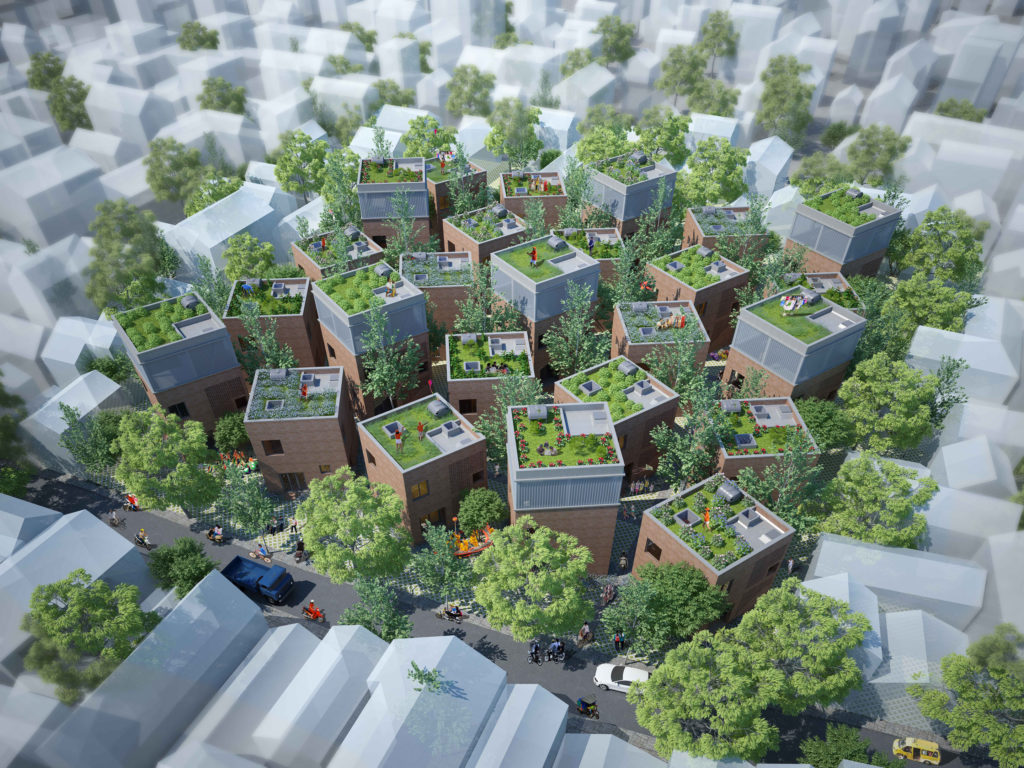

“Even a wounded world is feeding us. Even a wounded world holds us, giving us moments of wonder and joy. I choose joy over despair. Not because I have my head in the sand, but because joy is what the earth gives me daily and I must return the gift.”